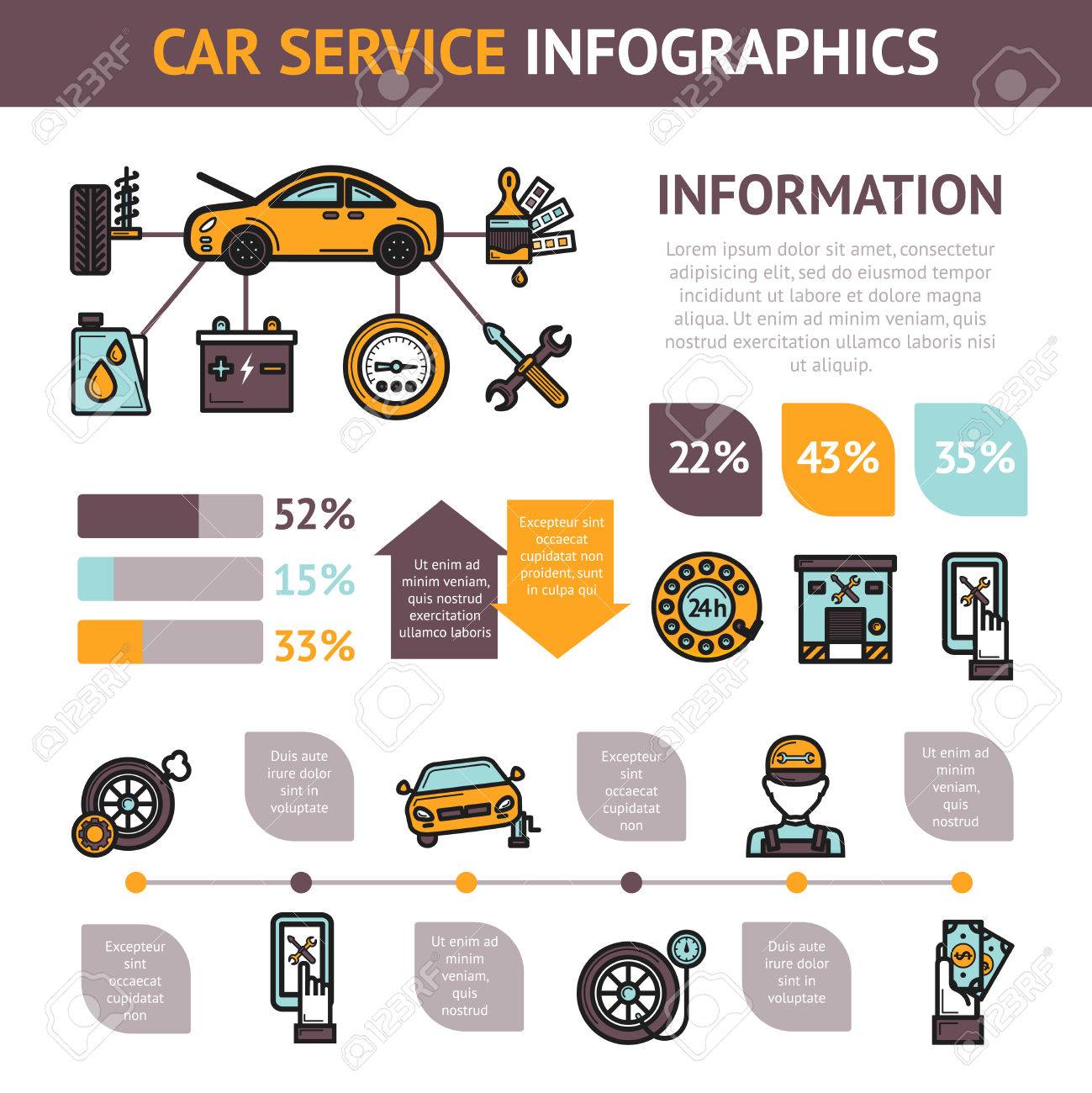Understanding Your Car'S Caution Lights: What Do They Truly Mean?
Understanding Your Car'S Caution Lights: What Do They Truly Mean?
Blog Article
Material By-Vinson Shepherd
When you lag the wheel, those radiant caution lights on your dashboard can be a little bit perplexing. Do you know what they're attempting to tell you concerning your vehicle's health? Understanding the significance of these lights is important for your safety and the longevity of your lorry. So, the following time among those lights appears, would not you intend to decode its message precisely and take the essential actions to resolve it?
Common Caution Lights and Interpretations
Identify typical caution lights in your vehicle and understand their definitions to make sure risk-free driving.
The most typical warning lights consist of the check engine light, which signifies issues with the engine or exhausts system. If this light begins, it's crucial to have your vehicle inspected quickly.
The oil stress cautioning light suggests reduced oil stress, calling for immediate focus to avoid engine damage.
A blinking battery light could recommend a faulty billing system, possibly leaving you stranded otherwise addressed.
The tire pressure tracking system (TPMS) light alerts you to low tire stress, influencing lorry security and fuel efficiency. Overlooking this can bring about hazardous driving conditions.
The abdominal muscle light suggests a problem with the anti-lock stopping system, endangering your ability to quit promptly in emergency situations.
Last but not least, the coolant temperature warning light warns of engine getting too hot, which can cause severe damages otherwise fixed quickly.
Recognizing these common warning lights will aid you resolve concerns promptly and preserve secure driving problems.
Relevance of Prompt Attention
Comprehending the common warning lights in your vehicle is only the very first step; the value of immediately attending to these cautions can't be emphasized sufficient to guarantee your security when driving.
When https://www.stltoday.com/pr/business/geared-up-transmissions-is-simplifying-auto-repairs-for-florissant-residents/article_b74731b8-e80e-11ec-8fd3-f75c123ab362.html brightens on your dashboard, it's your car's method of interacting a possible problem that requires attention. Neglecting these warnings can cause extra severe issues in the future, compromising your security and potentially costing you a lot more in repairs.
Motivate attention to cautioning lights can prevent break downs and mishaps. As an example, a blinking check engine light could show a misfire that, if left unattended, could trigger damage to the catalytic converter. Resolving this without delay can conserve you from a costly repair work.
Likewise, a brake system warning light could indicate low brake fluid or used brake pads, important parts for your safety and security when driving.
Do It Yourself Troubleshooting Tips
If you discover a warning light on your control panel, there are a few DIY troubleshooting suggestions you can attempt prior to seeking professional aid.
The first step is to consult your vehicle's handbook to comprehend what the specific warning light suggests. Often the issue can be as easy as a loose gas cap activating the check engine light. Tightening up the gas cap may settle the trouble.
Another typical concern is a low battery, which can activate numerous warning lights. Inspecting the battery links for corrosion and ensuring they're secure might fix the trouble.
If a caution light continues, you can try resetting it by disconnecting the vehicle's battery for a couple of mins and afterwards reconnecting it. Additionally, inspecting your car's fluid levels, such as oil, coolant, and brake liquid, can help repair warning lights related to these systems.
https://oilchange95162.blogvivi.com/30837047/the-future-generation-of-auto-explaining-significant-trends-and-technologies-on-the-horizon , recognizing your auto's warning lights is important for maintaining your automobile running smoothly and safely. By immediately addressing these notifies and understanding what they indicate, you can prevent pricey fixings and possible malfunctions.
Keep in mind to consult your vehicle's guidebook for certain details on each alerting light and do something about it accordingly to make certain a trouble-free driving experience.
Keep notified, stay safe when driving!
